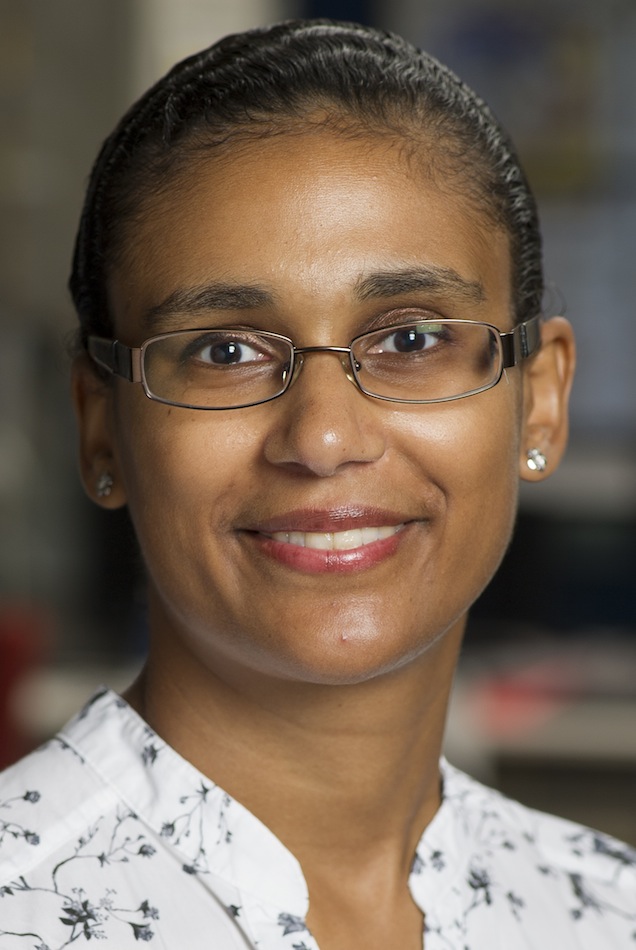Spring 2015 MnDRIVE Seminar Series
 |
Dennice Gayme,
Johns Hopkins University
|
Abstract
Demand growth, new demand-side technologies and the desire to integrate more renewable energy sources are driving rapid changes to the power grid. These changes pose operational challenges because the existing paradigm is not designed to deal with the added uncertainty from inherently variable and intermittent renewable energy sources or the changes in the system behavior that will arise from replacing synchronous generators with new asynchronous power sources. This talk illustrates the use of control and optimization based methods to provide insight into the analysis, design, and operation of the envisioned new power system through case studies of conventional and wind integrated power grids. First, we discuss algorithms for optimizing storage dispatch and allocation throughout the network as a means of providing greater system flexibility and efficiency. Our analysis exploits convex relaxations and model reduction techniques to understand the factors that drive optimal storage integration strategies. In the second part of the talk, we examine how increasingly distributed generation resources affects power system efficiency.
Biosketch
Dennice F. Gayme received a B. Eng and Society from McMaster University in 1997 and an MS from the University of California at Berkeley in 1998, both in Mechanical Engineering. In 2010, she received her PhD in Control and Dynamical Systems from the California Institute of Technology. Prior to her doctoral work she was a Senior Research Scientist in the Systems and Control Technology and Vehicle Health Monitoring Groups at Honeywell Laboratories from 1999-2003. In 2012, she joined the Mechanical Engineering Department at Johns Hopkins University, where she is currently an Assistant Professor. Professor Gayme's research interests are in the study of large-scale networked and spatially distributed systems in applications such as power networks, wind farms, and wall-turbulence.